Alongside his flourishing activity as a painter, James Tissot began engraving his first plates in the 1860s, in France, at a time when etching was being renewed. From 1871 to 1882, taking refuge in London because of the Franco-Prussian war, he produced most of his work there, dealing with a varied subject: the representation of a flirtatious young English woman in various situations of her life. everyday life. Fresh and graceful, but nevertheless imbued with melancholy, our Dreamer is inspired by her model, her lover and muse, Kathleen Newton. Sitting on the steps of her house alongside her son Georges, she died at the age of 28 in 1882. Tissot enjoyed great popularity during her lifetime. He markets his engravings himself, at home, receiving worldly clientele with pomp. In England, there is an active market for genre engraving, collectors who appreciate the quality of the prints, admirers of his painting, who cannot afford it, turn to more affordable interpretive engravings . Michael Justin Wentworth, in the preface to the printed catalog of Tissot's engraved works published in 1978, calls the artist "gifted and competent, more than inspired and brilliant."
Bibliography: James Tissot, painter-engraver of feminine elegance by Monique Moulène, Department of Prints and Photography in Le Blog de Gallica, 2015.









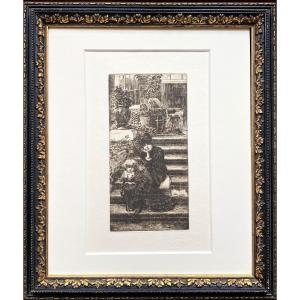







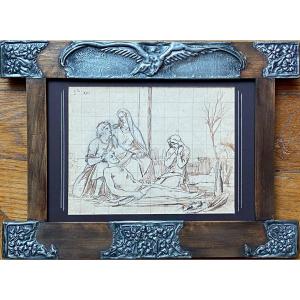

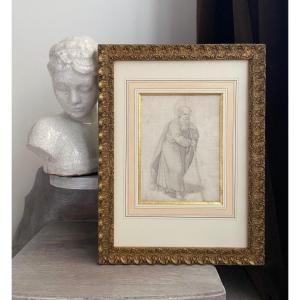
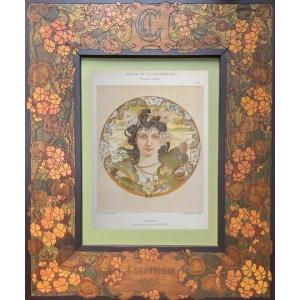


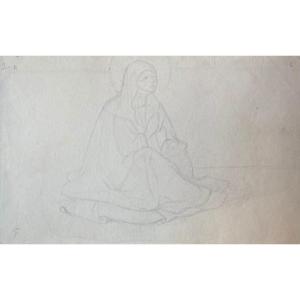
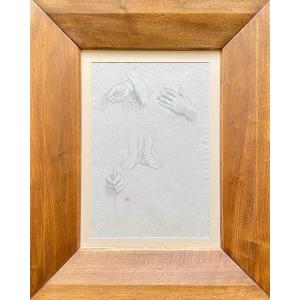


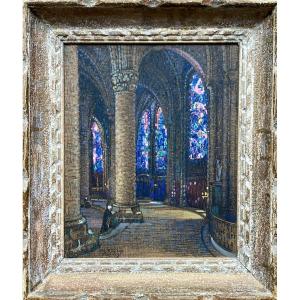


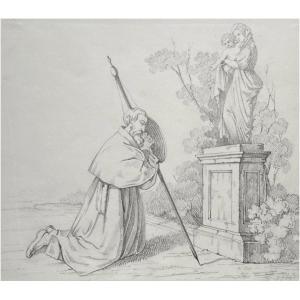
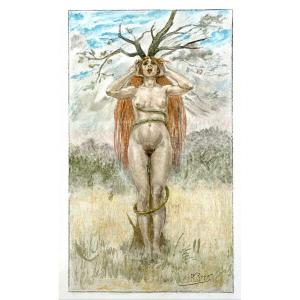
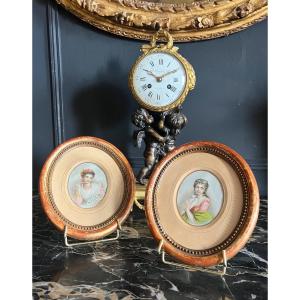



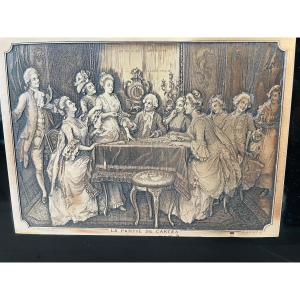



 Le Magazine de PROANTIC
Le Magazine de PROANTIC TRÉSORS Magazine
TRÉSORS Magazine Rivista Artiquariato
Rivista Artiquariato